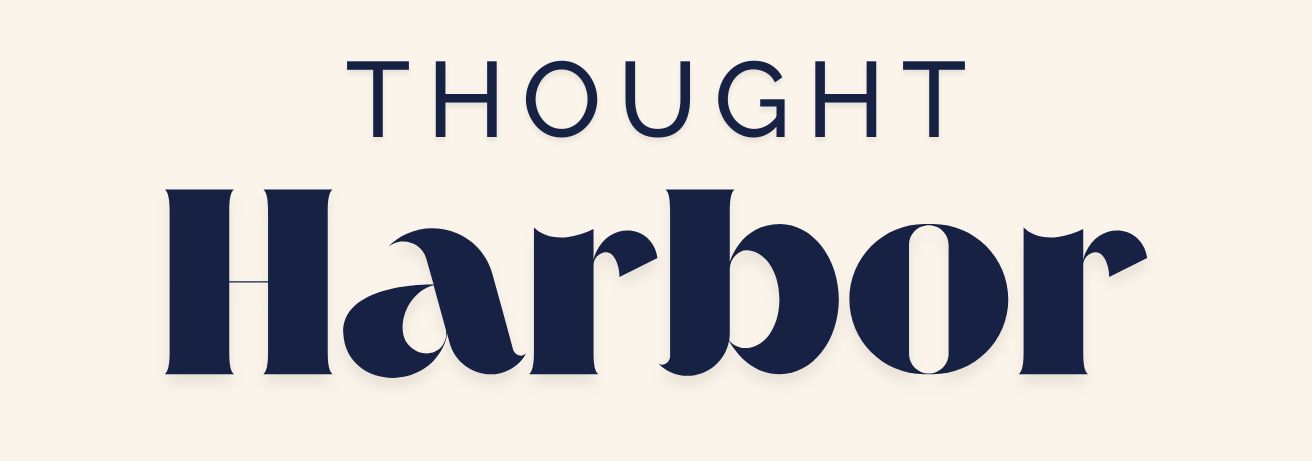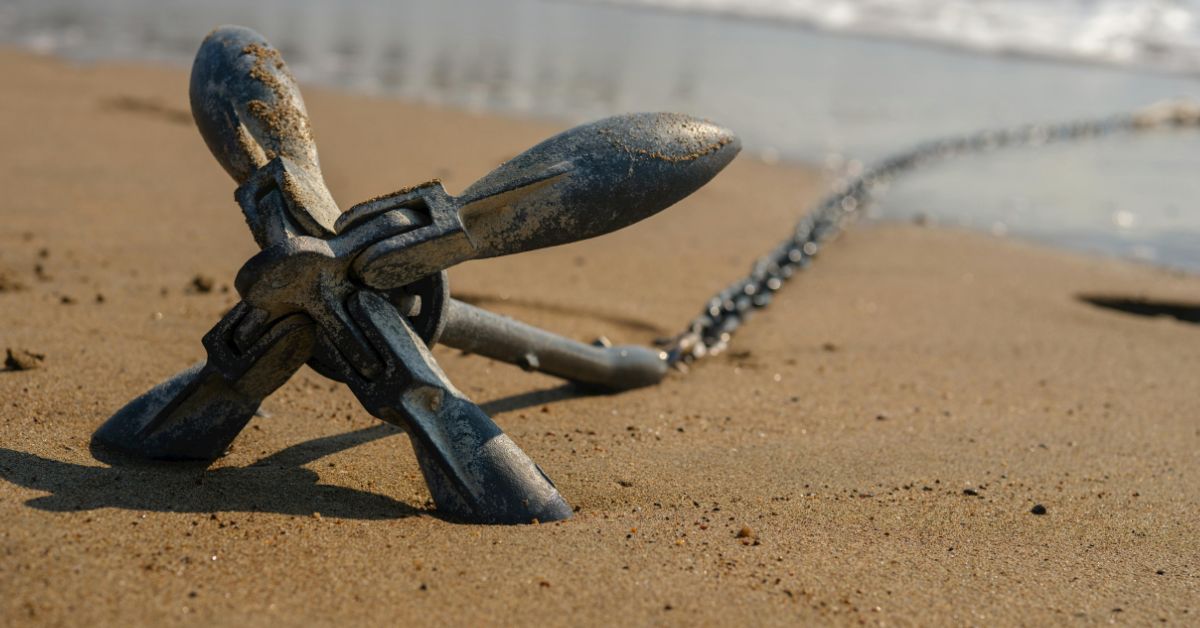Introduction to Body Relaxation
In today’s fast-paced world, stress has become an unwelcome companion in our daily lives. Whether it’s due to work pressures, personal responsibilities, or the constant barrage of information, our bodies often bear the brunt of this stress. Body relaxation is not just a luxury; it’s a necessity for maintaining overall well-being. By incorporating relaxation techniques into our routines, we can alleviate stress, improve mental clarity, and enhance our physical health. This article delves into the importance of body relaxation and explores various methods to achieve a state of tranquility.
The Science Behind Relaxation
Understanding the physiological and psychological effects of relaxation is essential to appreciate its importance. When the body is stressed, it triggers the ‘fight or flight’ response, releasing hormones like cortisol and adrenaline. While this response is beneficial in short bursts, chronic stress can lead to health issues such as hypertension, anxiety, and depression. Relaxation techniques work by activating the parasympathetic nervous system, which counteracts the stress response and promotes a state of calm.
Research has shown that regular relaxation practices can reduce heart rate, lower blood pressure, and enhance mood. Techniques such as deep breathing, meditation, and progressive muscle relaxation are scientifically proven to decrease stress levels. By incorporating these practices, individuals can experience improved sleep, better digestion, and a stronger immune system.
Popular Relaxation Techniques
There are numerous relaxation techniques available, each catering to different preferences and needs. Here are a few popular methods:
- Deep Breathing: This involves taking slow, deep breaths to increase oxygen flow and reduce stress.
- Meditation: A practice that focuses the mind and eliminates the stream of thoughts that may be causing stress.
- Yoga: Combines physical postures, breathing exercises, and meditation to promote relaxation and flexibility.
- Progressive Muscle Relaxation: Involves tensing and then slowly releasing each muscle group to relieve tension.
- Aromatherapy: Uses essential oils to enhance physical and emotional health through the sense of smell.
Each technique offers unique benefits and can be adapted to fit into any lifestyle, making relaxation accessible to everyone.
Incorporating Relaxation into Daily Life
Integrating relaxation practices into your daily routine doesn’t require drastic changes. Here are some simple ways to incorporate relaxation:
- Set Aside Time: Dedicate a few minutes each day to practice relaxation techniques.
- Create a Relaxing Environment: Use calming music, dim lighting, or aromatherapy to create a soothing atmosphere.
- Mindful Breaks: Take short breaks throughout the day to practice deep breathing or meditation.
- Stay Active: Physical activities like walking or yoga can serve as both exercise and relaxation.
- Prioritize Sleep: Ensure adequate rest to allow the body to recover and rejuvenate.
By making small adjustments, you can significantly reduce stress and improve your overall well-being.
Conclusion: The Path to a Relaxed Body and Mind
Body relaxation is a powerful tool in the quest for a balanced and healthy lifestyle. By understanding the science behind relaxation and exploring various techniques, individuals can find methods that resonate with them. Whether it’s through deep breathing, meditation, or yoga, the key is consistency and finding what brings you peace. As you incorporate these practices into your life, you’ll likely notice a positive shift in your mental and physical health, leading to a more fulfilling and stress-free existence.









